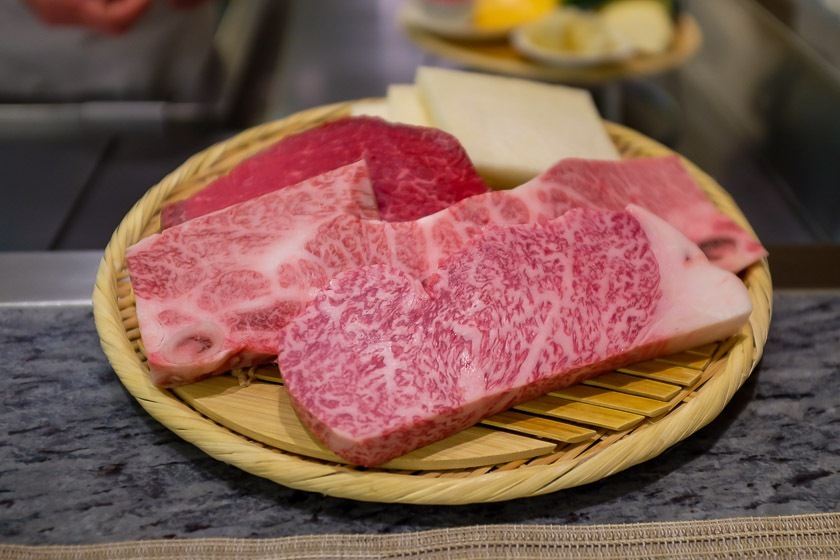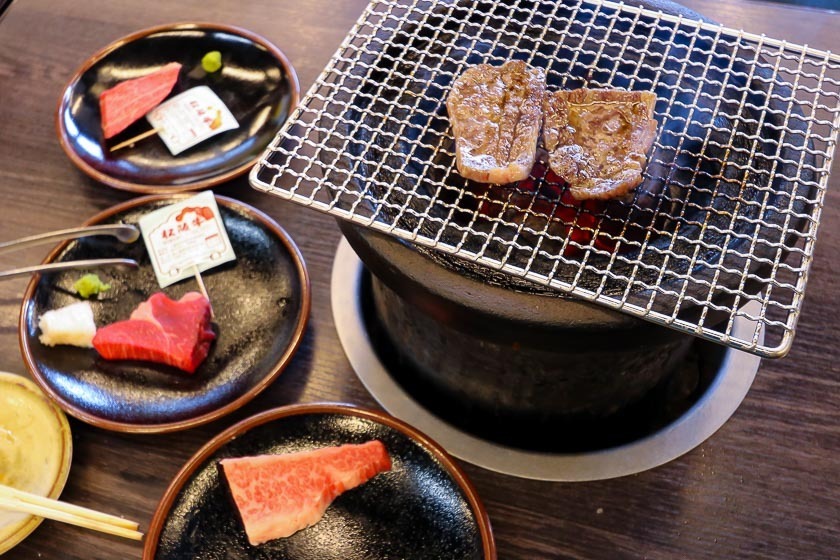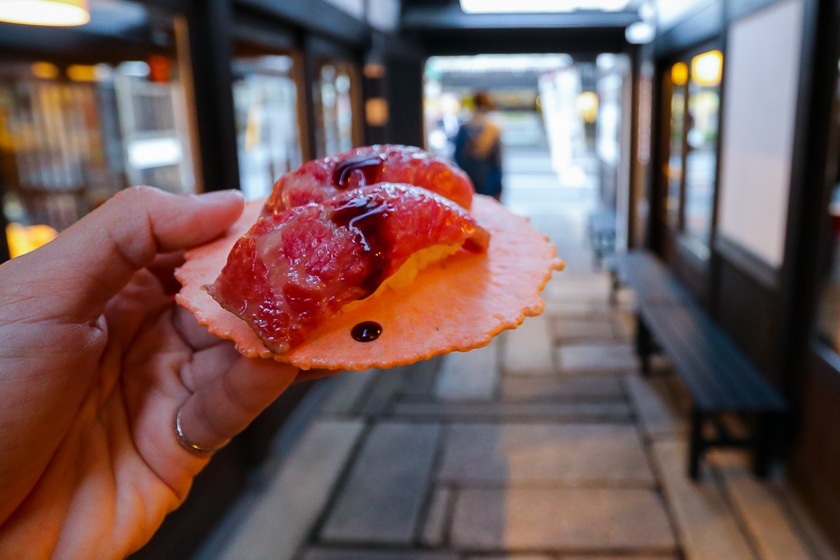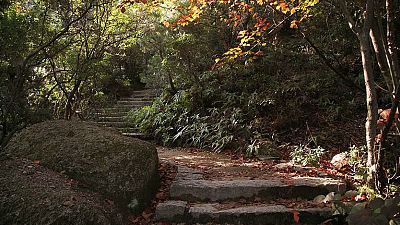Three foods to try in Japan
Japan is blessed with a diverse selection of local ingredients. As an island country, seafood and kelp can be harvested from the sea, while vegetables, grains and animals can be farmed on land. Together with access to fresh domestic ingredients, there is also a strong emphasis on using and cooking things that are in season. Supermarkets and restaurants tend to feature seasonal vegetables and seafood, and this is one of the ways shoppers and diners can experience the seasons through their palate.
One of the highlights for food lovers traveling through Japan is the local delicacies unique to each location. I would definitely recommend finding out what some of the more popular dishes at your destination are so as not to miss out on the local grub. Below are three ingredients/dishes that should not be missed if they are available where you are.
Buddhist Cuisine
Also known as shojin ryori, Buddhist cuisine is a vegetarian meal typically eaten by monks. Featuring heavily on fresh seasonal vegetables as well as gluten and bean products, shojin ryori can range from elaborate multi-course meals to simple side dishes accompanying a bowl of rice. An overnight stay at a temple lodging is one of the ways visitors can experience Buddhist cuisine in a traditional and authentic setting.
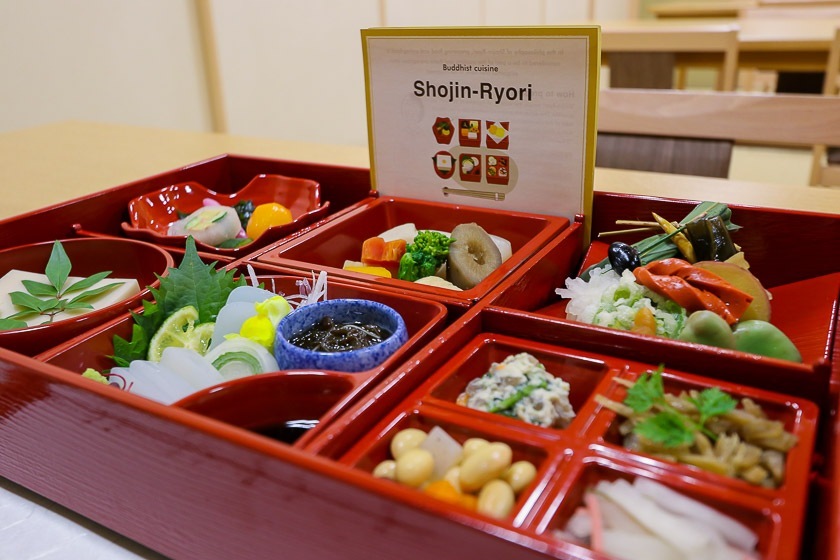
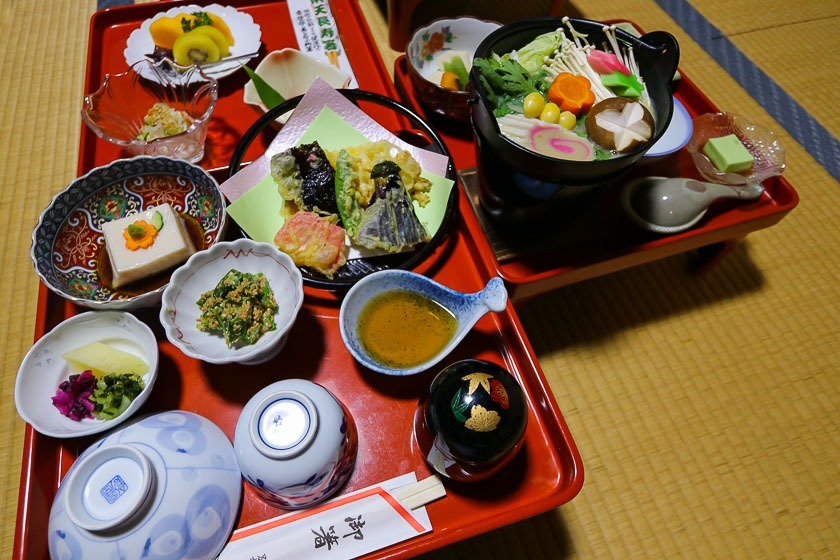
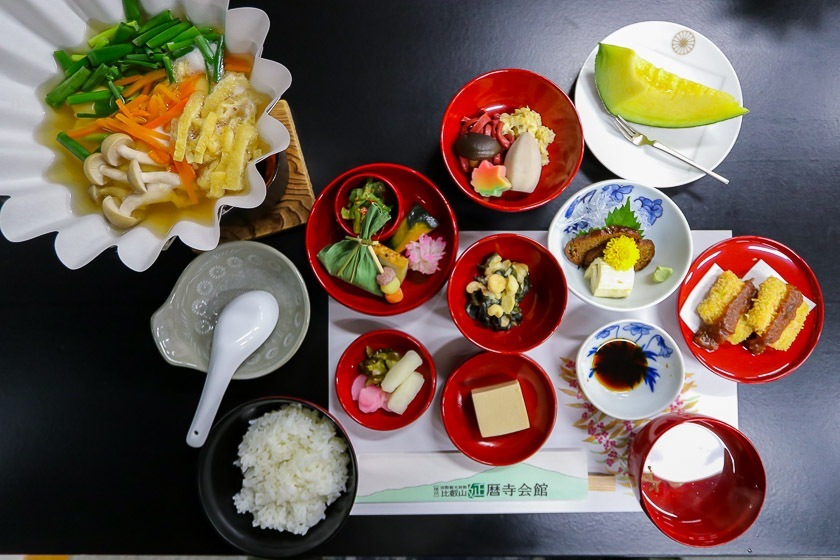
Fugu
Fugu or pufferfish is a poisonous fish, which is also a local delicacy is parts of Japan like Shimonoseki in Yamaguchi Prefecture and Awaji Island in Hyogo Prefecture. These days fugu is mostly farmed, though there are a few places that serve wild ones. Pufferfish is served in a variety of ways: raw, grilled, fried and in a hotpot. Strict rules and regulations govern the businesses who prepare the delicacy as mishandling it may be fatal.
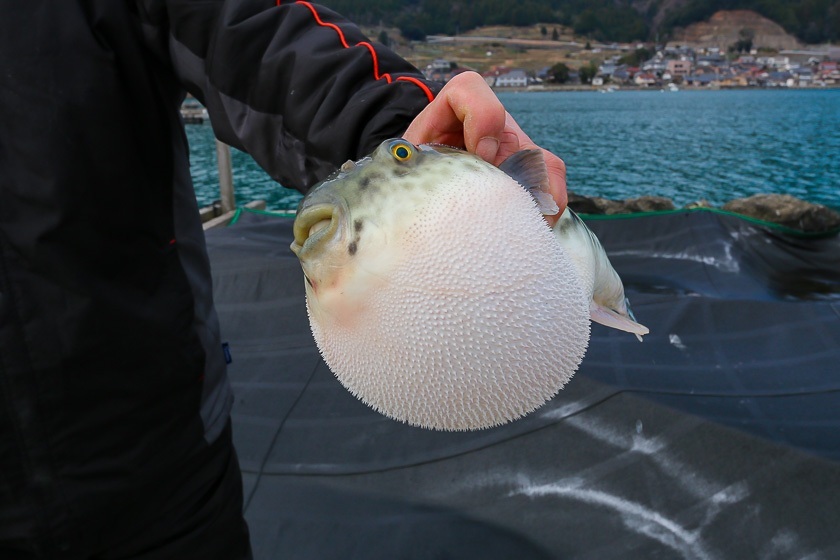
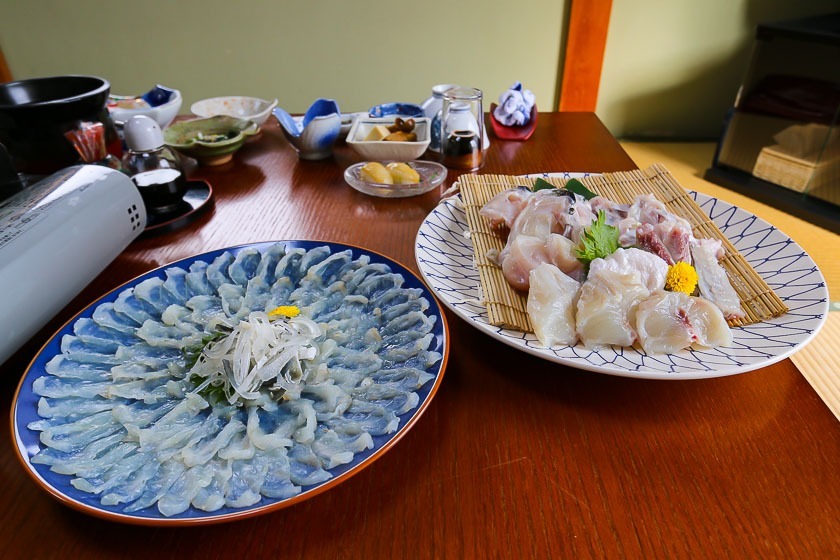
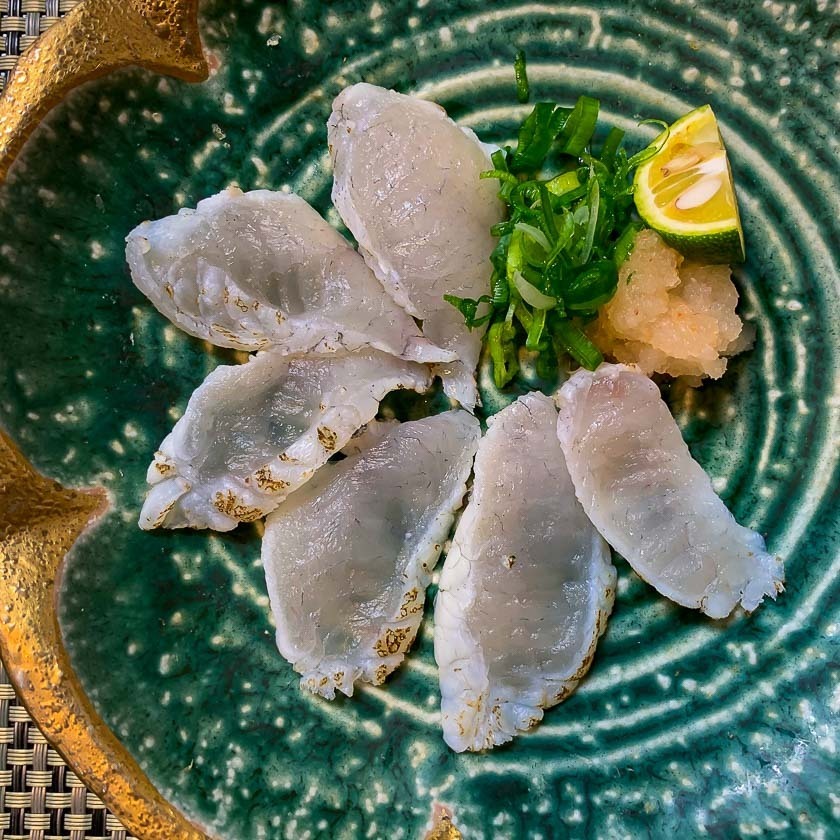
Wagyu
Wagyu, Japanese beef, is one of the most well-known culinary exports out of Japan. Popular for its fine marbling, there are a variety of local wagyu breeds across the country, each with their unique characteristics. Kobe Beef is the most famous of the wagyu varieties, and other notable additions include Omi Beef and Matsusaka Beef. Wagyu can be enjoyed in many different ways from shabu-shabu to yakiniku to teppanyaki.
